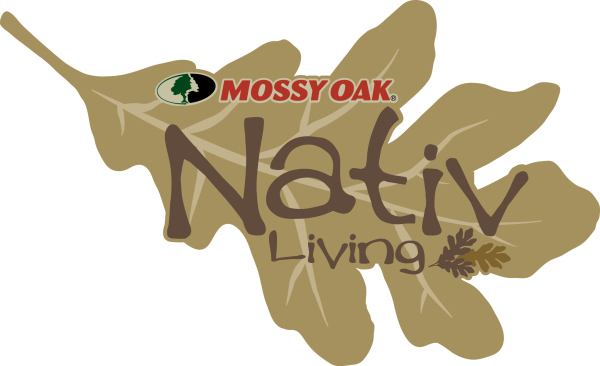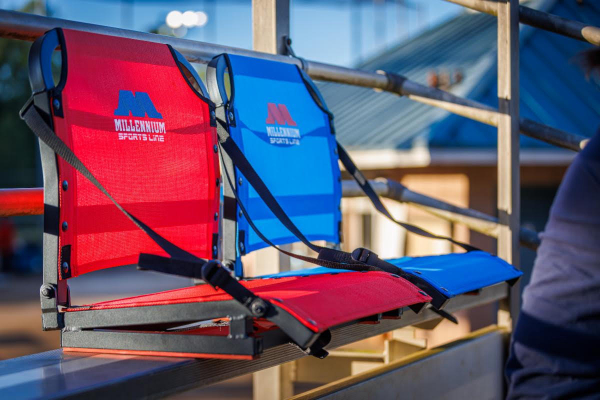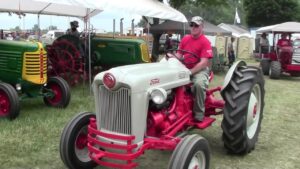Trump’s Fitting Comments on DEI and Kamala Harris’ Appointment
By Glen Wunderlich
Charter Member Professional Outdoor Media Association (POMA)
When President Trump commented on President Biden’s push to factor-in Diversity, Equity, and Inclusion (DEI) in his regime at the National Association of Black Journalists’ appearance recently, he was widely criticized for essentially indicating race was the reason for her appointment. Interestingly enough, Biden made the following public comments in May 2024.
PRESIDENT JOE BIDEN: “They’re trying to erase Black history. We’re going to write Black history because it’s American history.
It’s American history. Together, we make history, not erase it.
To me, the values of diversity, equality, inclusion are literally — and this is not kidding — the core strengths of America. That’s why I’m proud to have the most diverse administration in history that taps into the full talents of our country. And it starts at the top with the Vice President.”
So, who’s trying to erase history? If the shoe fits, wear it!








